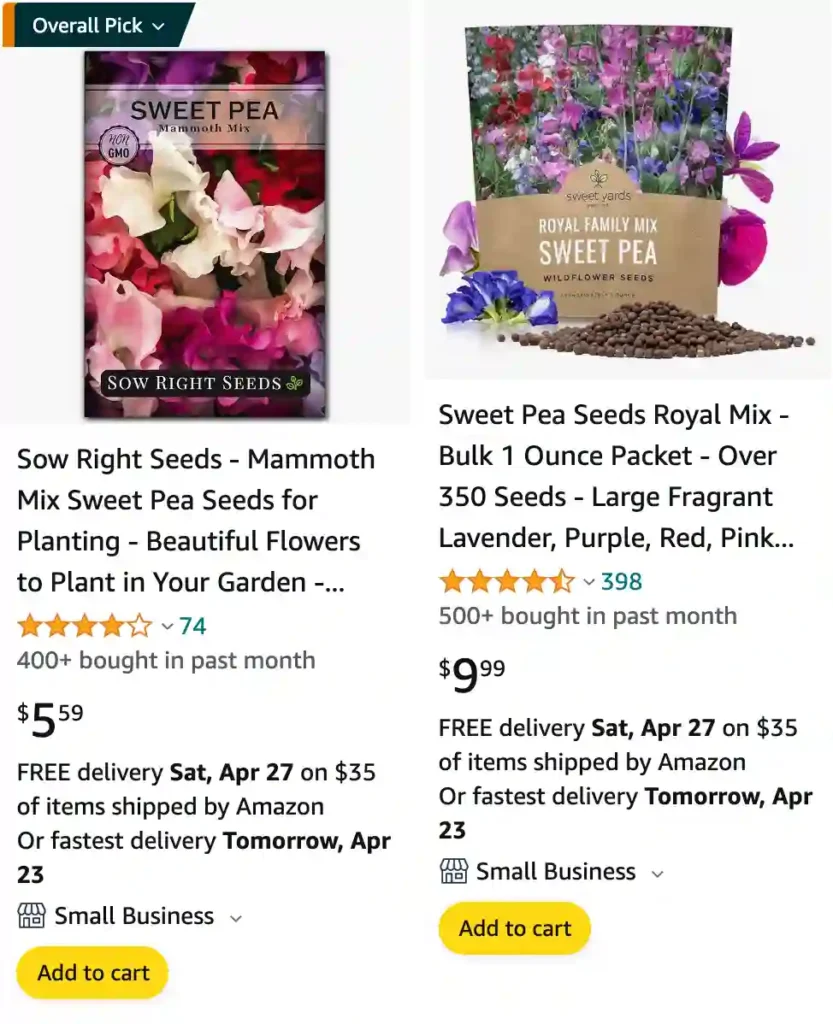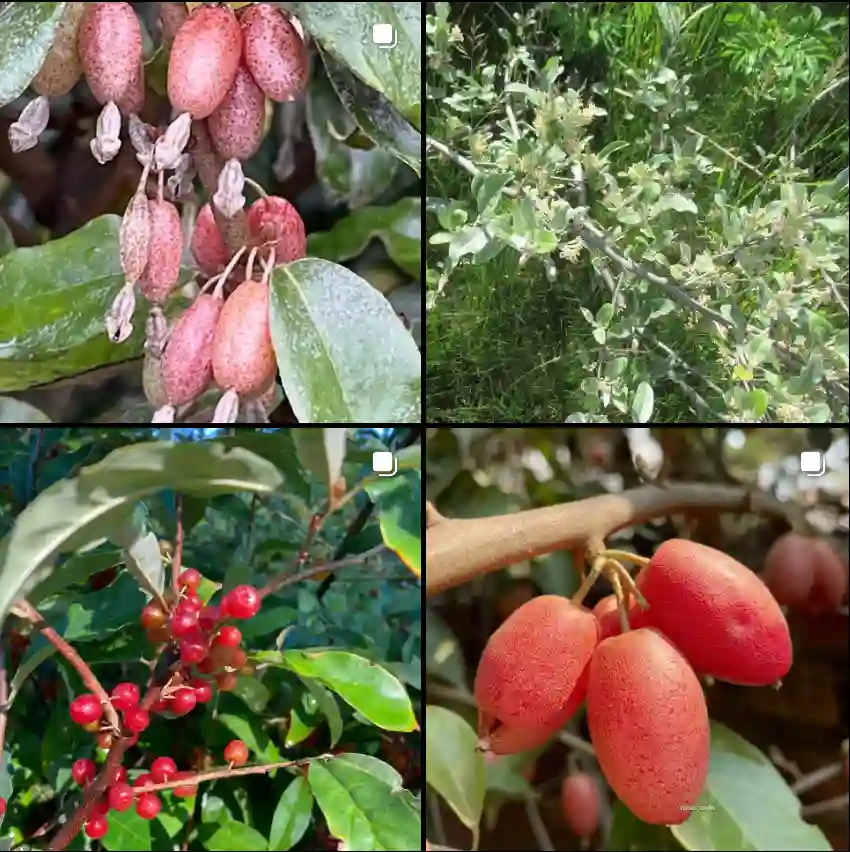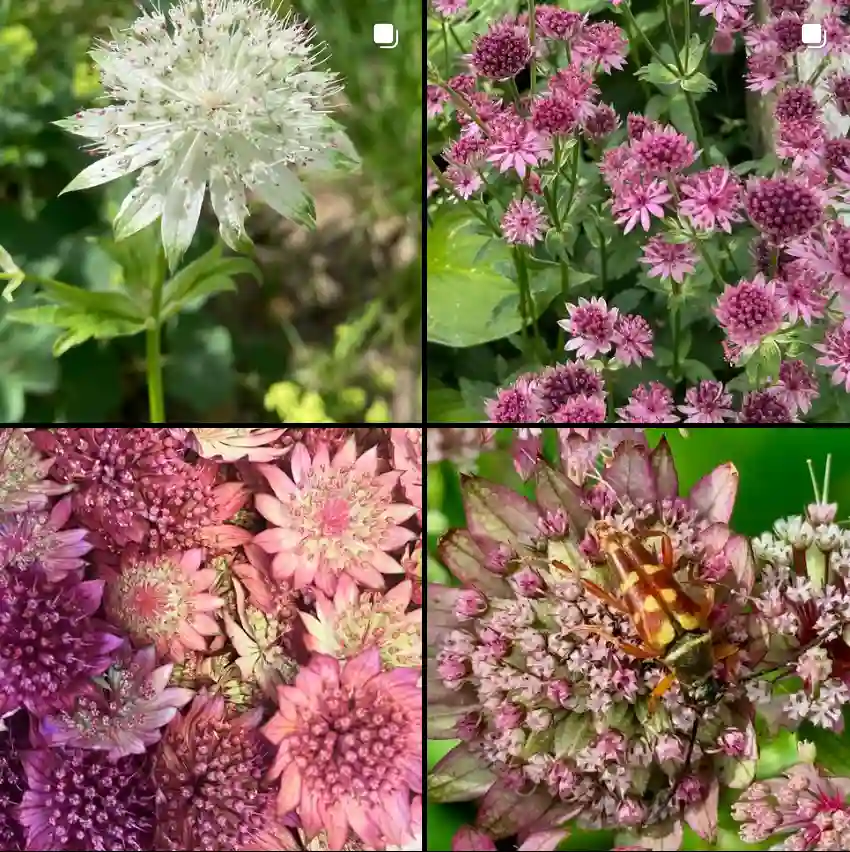
Are sweet peas edible?
Yes, sweet peas are indeed edible, but it’s essential to differentiate between edible sweet peas and ornamental sweet peas, which are toxic. The sweet peas that are safe to eat are also known as English peas or garden peas. These are the peas typically found in grocery stores and farmers’ markets, and they’re the ones you’d find in pea pods. The peas inside the pods are edible and delicious, whether eaten raw or cooked. However, it’s crucial to avoid eating the pods themselves, as they can be tough and fibrous. As long as you’re consuming the peas inside the pods, sweet peas are a tasty and nutritious addition to your diet.
Can dogs eat sweet peas?
I’ve always been cautious about what I feed my dog, so when it comes to sweet peas, I’ve done my research. While they might sound harmless, I discovered that sweet peas, also known as English peas, aren’t recommended for dogs to eat. I remember once my dog managed to snatch a few sweet peas from the garden, and it left me worried. After looking it up, I found out that sweet peas contain compounds that can be toxic to dogs if ingested in large quantities. So, I’ve made sure to keep them out of his reach and stick to safer treats that won’t pose any risks to his health.
When to plant sweet peas?
I’ve found that the best time to plant sweet peas is in the late winter or early spring, depending on the climate. In my experience, I usually aim to plant them about 4-6 weeks before the last expected frost date in my area. This timing allows the seeds to germinate and establish themselves before the weather warms up too much. I remember one year I planted them a bit too early, and they struggled to grow in the cold soil. Since then, I’ve learned to wait until the soil has warmed up a bit before planting to give them the best chance for success. Overall, planting sweet peas at the right time ensures they have enough time to bloom and thrive during the spring and early summer months.
How to grow sweet peas?
Growing sweet peas can be a rewarding experience, and I’ve learned a few tips and tricks along the way. First, I start by soaking the seeds in water overnight to help with germination. Then, I prepare a well-drained, fertile soil bed with plenty of organic matter. I remember one year I skipped this step, and the sweet peas didn’t do as well. After that, I plant the seeds about an inch deep and six inches apart, providing support like a trellis or stakes for them to climb as they grow. I’ve found that sweet peas thrive in full sun to partial shade, so I make sure to plant them in a location with plenty of sunlight. Throughout the growing season, I water them regularly, especially during dry spells, and I remember to deadhead the flowers to encourage more blooms. Overall, with proper care and attention, sweet peas can flourish and provide beautiful blooms for cutting or enjoying in the garden.
Are sweet peas good for you?
Yes, sweet peas are good for you! They’re not only delicious but also packed with nutrients. I’ve always enjoyed adding them to my meals for an extra burst of flavor and nutrition. Sweet peas are rich in vitamins A, C, and K, as well as fiber and antioxidants. I remember one summer, I incorporated sweet peas into salads, stir-fries, and even pasta dishes, and I felt great knowing I was getting a healthy dose of vitamins and minerals. Plus, they’re low in calories, making them a great option for anyone looking to maintain a balanced diet. Overall, I consider sweet peas to be a nutritious and tasty addition to any meal.
How to cook sweet peas?
Cooking sweet peas is simple and allows their natural sweetness to shine through. One of my favorite ways to cook them is to start by heating a bit of olive oil or butter in a skillet over medium heat. Then, I add the sweet peas and sauté them for about 5-7 minutes until they’re tender but still crisp. Sometimes, I’ll add minced garlic or diced onions for extra flavor. I remember one time I tried adding some fresh herbs like mint or basil, and it added a lovely freshness to the dish. I always make sure not to overcook them, as they can become mushy and lose their vibrant color. Once they’re done, I season them with a pinch of salt and pepper to taste, and they’re ready to serve as a delicious and nutritious side dish!
When do sweet peas bloom?
Sweet peas typically bloom in the late spring to early summer, depending on the climate and when they were planted. In my experience, I usually see the first blooms appear around late spring, usually a few months after planting the seeds. However, this can vary depending on factors such as temperature, sunlight, and the specific variety of sweet peas. I remember one particularly warm spring when my sweet peas started blooming earlier than usual, and it was such a delightful surprise to see the colorful flowers brightening up the garden. Overall, sweet peas are known for their beautiful and fragrant blooms, which can last throughout the spring and into the early summer months, adding charm and beauty to any garden.
Are sweet peas perennials?
No, sweet peas are not perennials; they are annuals or short-lived perennials. In most cases, sweet peas are grown as annuals, meaning they complete their life cycle within one growing season. However, in some regions with mild climates, they may behave as short-lived perennials, meaning they can persist for more than one year but usually do not live for many years. In my experience, I’ve treated sweet peas as annuals, replanting them each year to ensure a fresh and vibrant display of blooms. However, I’ve heard of gardeners in warmer climates successfully overwintering sweet peas to enjoy them for multiple seasons. Overall, while sweet peas are not true perennials, they can sometimes exhibit perennial-like behavior depending on the growing conditions and care provided.
Are sweet peas poisonous?
Yes, some varieties of sweet peas, particularly those grown as ornamental flowers, can be poisonous if ingested. These ornamental sweet peas contain toxic compounds called glycosides, which can cause symptoms such as nausea, vomiting, and diarrhea if consumed in large quantities. However, the sweet peas commonly grown for consumption, known as English peas or garden peas, are safe to eat. It’s essential to differentiate between edible sweet peas and ornamental varieties to avoid any potential health risks. As long as you’re consuming the peas inside the pods of edible sweet peas, they are not poisonous and can be enjoyed as a tasty and nutritious addition to your diet.
How tall do sweet peas grow?
Sweet peas can vary in height depending on the specific variety and growing conditions, but on average, they typically grow to be about 3 to 6 feet tall. In my experience, some varieties may grow even taller under optimal conditions, especially if provided with ample sunlight, water, and support for climbing. I’ve grown sweet peas that reached heights of up to 8 feet in my garden, particularly when planted in rich, well-draining soil and given a trellis or other support structure to climb. Overall, sweet peas are known for their tall, climbing habit, and they can make a beautiful addition to any garden with their colorful blooms and delicate fragrance.
Can cats eat sweet peas?
No, cats should not eat sweet peas. While sweet peas are not toxic to cats in the same way that they are to dogs, they can still cause digestive upset if ingested. Additionally, the pods of sweet peas can be tough and difficult for cats to digest, potentially leading to gastrointestinal issues such as vomiting or diarrhea. It’s best to avoid giving sweet peas to cats and instead offer them cat-safe treats and foods specifically formulated for their dietary needs. If you suspect that your cat has ingested sweet peas or any other plant that may be harmful, it’s essential to contact your veterinarian for advice.
Can chickens eat sweet peas?
Chickens can eat sweet peas, but it’s important to do so in moderation and with some precautions. While sweet peas are generally safe for chickens to consume, the pods can sometimes be tough and difficult for them to digest, so it’s best to remove the peas from the pods before offering them to your chickens. Additionally, sweet peas should only be given as a treat and not as a primary source of nutrition for chickens. As with any new food, it’s essential to introduce sweet peas gradually to monitor how your chickens react and to ensure they don’t experience any digestive issues. Overall, sweet peas can be a tasty and nutritious addition to your chickens’ diet when given in appropriate quantities.
Do deer eat sweet peas?
Yes, deer are known to eat sweet peas. Sweet peas are a part of the legume family, and they can be an attractive food source for deer, especially in areas where their natural food supply is limited. I’ve had experiences where deer have come into my garden and eaten the sweet pea plants, particularly during periods of drought or when other vegetation is scarce. To protect sweet peas and other garden plants from deer browsing, some gardeners use fencing or other deterrent methods to keep the deer away. Overall, while sweet peas may be appealing to deer, there are ways to mitigate the risk of damage to your plants if deer are a concern in your area.
Do sweet peas need a trellis?
Yes, sweet peas benefit from having a trellis or some form of support as they grow. Sweet pea plants are climbing vines, and they use tendrils to grip onto nearby structures as they grow upward. Providing a trellis or other support helps them to climb and prevents the vines from sprawling on the ground, which can lead to tangled growth and potential damage to the plants. In my experience, using a trellis also helps to keep the sweet pea vines organized and makes it easier to harvest the flowers for bouquets. Overall, while sweet peas can technically grow without a trellis, providing support enhances their growth and makes for a healthier and more productive plant.
If i die, water my plants!



